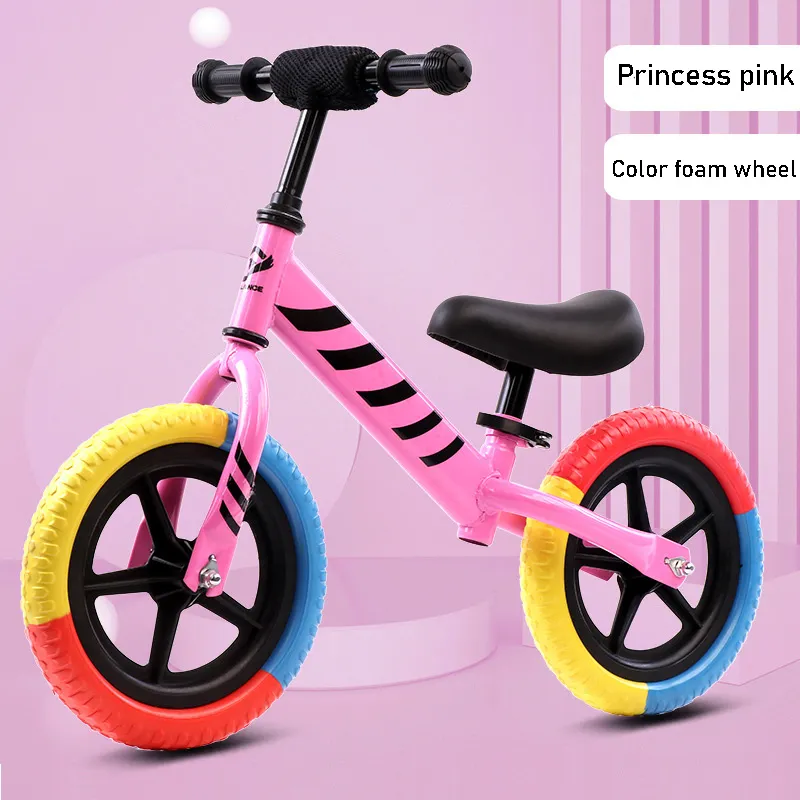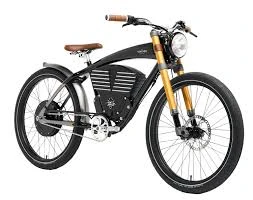Mar . 04, 2025 10:22 Back to list
27.5/29 "Color-Changing Carbon Fiber Mountain Bike 12 Variable Speed Mountain Bike Dirt Bike


3. Cable Tension Proper cable tension is crucial for smooth shifting. Shift to the smallest front chainring and largest rear cog, loosening the cable anchor bolt to check the cable tension. Adjust the cable tension using the barrel adjuster near the shifter or derailleur, aiming for just enough tension to enable crisp, precise shifts. 4. Fine-Tuning After major adjustments, test by shifting through all the gears. Listen for any chain rub and make micro-adjustments on the barrel adjuster or the limit screws. This iterative process ensures each shift is smooth and accurate, reducing stress on the drivetrain. Importance of Regular Maintenance Regular maintenance can prevent derailleur issues from arising. Keeping the drivetrain clean, the cables properly lubricated, and routinely checking over adjustments ensures longevity and optimal performance. Additionally, replacing worn-out cables or damaged derailleurs is a cost-effective measure to prevent future complications. When to Seek Professional Assistance While maintaining your bike is a rewarding endeavor, certain situations warrant professional help. If after multiple attempts the shifting remains problematic, or if the derailleur is visibly damaged, visiting a bike mechanic might be necessary. Their expertise can prevent further damage and provide insights into whether components need upgrading or replacement. Conclusion Fixing a front derailleur on a mountain bike involves understanding its mechanics, accurately diagnosing issues, and making precise adjustments. This task, rooted in experience and expertise, boosts one’s confidence and reinforces the value of preventative maintenance. Mechanically-inclined individuals and cycling novices alike benefit enormously from learning how to manage such common issues, preserving the performance and enjoyment of their mountain biking adventures. Trusting in both personal ability and when to seek specialized insight ensures not only a functioning ride but also the safety and reliability of the biking experience.
-
In-Depth Guide to Ebike Frames: Design, Use & Future Trends
NewsNov.25,2025
-
Discover Top E Bike Brand Insights, Specs & Future Trends | Yanline Bike
NewsNov.24,2025
-
Green E Bike – The Future of Sustainable Urban Mobility
NewsNov.24,2025
-
Ruffian eBike: Durable, Efficient Electric Bikes for Modern Mobility
NewsNov.23,2025
-
Comprehensive Guide to the Global E Bike Market and Future Trends
NewsNov.23,2025
-
Understanding Electric Bicycle Range: A Complete Guide for Smarter E-Bike Use
NewsNov.22,2025
-
Ceron Electric Bike – Efficient, Sustainable Urban Mobility Solutions
NewsNov.22,2025




